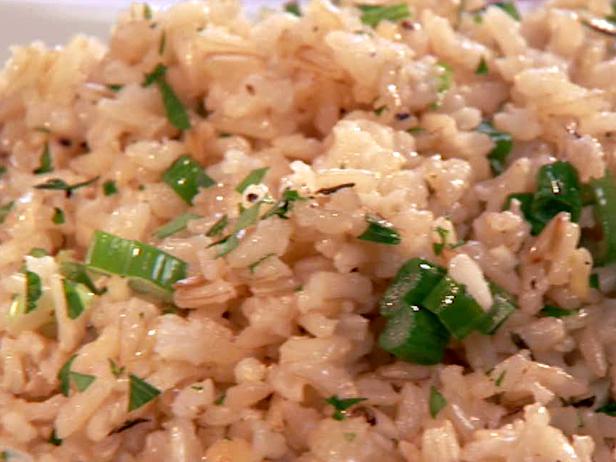Health Benefits Of Brown Rice
Why You Must Replace White Rice With Brown Rice
Rice is a cereal and all cereals have more or less similar nutritional composition. But this is true for whole grain rice, not the polished white rice that people generally eat.
A grain of rice that is obtained after removing the husk by minimally processing it is the whole grain rice.
It is brownish in colour and is called the brown rice.
Brown rice is further milled to separate the outer cover called the bran and the germ from the rest of the grain of rice.
This grain is the white rice and it is composed mostly of the endosperm.
Brown rice and white rice have a similar number of calories and carbohydrates. The main differences between the two forms of rice lie in processing and nutritional content.
The bran and the germ house most of the fibre, vitamins, minerals, healthy fats, antioxidants and about twenty five per cent of the proteins from the original whole grain rice.
The white grain of rice left behind houses most of the starch and seventy five per cent of the proteins from the original whole grain rice.
In short, brown rice is the whole grain rice, while white rice has the bran and germ layers removed from the whole grain rice, this process strips away the fiber, vitamins, minerals and healthy fats and the antioxidants from the whole grain rice.
Thus brown rice is superior to white rice when it comes to fibre content, minerals, vitamins, and phytochemicals.
The fibre content of the whole grain rice is 3.5 gm while that of the white rice is 0.5 gm.
The higher fibre content in the brown rice slows down the absorption of carbohydrates in the blood and does not generate as large an increase in blood sugar levels after a meal as white rice, that is the glycemic index of brown rice is lower than that of white rice.
Milling and polishing brown rice removes most vitamins and minerals. In addition, milling strips away most of its fibre, which helps deter diabetes by slowing the rush of sugar (glucose) into the bloodstream.
Eating white rice daily may help trigger the onset of diabetes in those who are at a higher risk of developing diabetes due to family history or poor lifestyle, poor nutrition, lack of exercise and stress.
Replacing white rice with brown rice in four or five meals a week will substantially lower this risk.
Several vitamins and dietary minerals are lost in this removal and the subsequent polishing process. A part of these missing nutrients, such as vitamin B1, vitamin B3, and iron are sometimes added back into the white rice making it “enriched”, as food suppliers in the US are required to do by the US Food and Drug Administration. We have no information what happens in India.
One mineral that is lost substantially in white rice is magnesium.
When the bran layer is removed to make white rice, the oil in the bran is also removed. Rice bran oil may help lower LDL cholesterol. Rice bran oil contains ‘Oryzanol’ which is considered to be helpful in lowering blood cholesterol levels.
Among other key sources of nutrition lost are small amounts of fatty acids and fiber.
Summary:
Brown rice is more nutrient dense offering more fibre, vitamins, minerals, antioxidants and healthy fats.
White rice is primarily a source of easily digestible carbohydrates and some proteins but significantly less nutrients.
Read the article ‘Basics Of Nutrition‘ on this website for more information

















Comment (1)
Nice post!! All the points mentioned above are so interesting and informative. Brown rice is full of the essential fiber your body requires and is definitely better than any other type of rice.